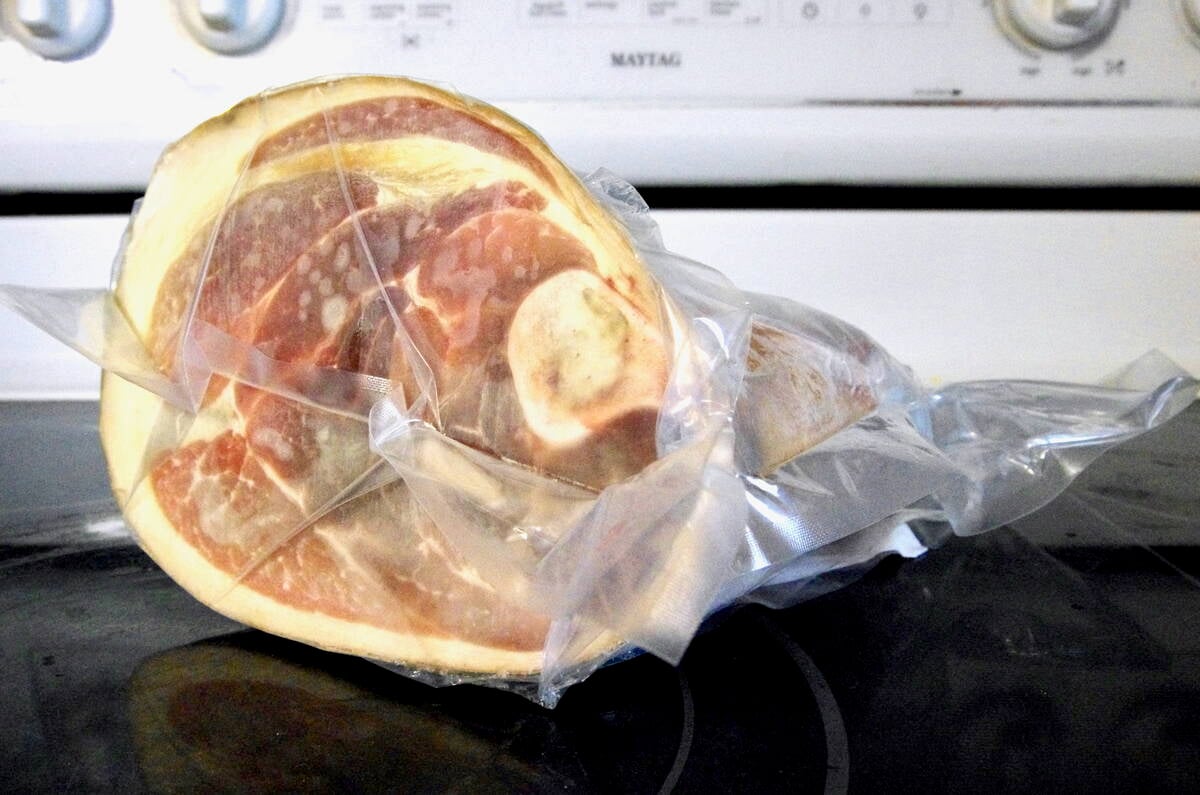The County of Warner in southern Alberta is tallying damage from a Sept. 10-11 wildfire that burned an estimated 21,000 acres of cropland and native grasslands.
Pushed by high winds and feeding on the tinder-dry fuel supplied by stubble and grass, the fire forced the evacuation of Milk River, population about 800, and destroyed outbuildings, corrals and hay supplies for at least a dozen area farmers and ranchers.
The fire occurred on the same day a fire forced evacuation of Coalhurst, in the County of Lethbridge.
County of Warner administrator Shawn Hathaway is a member of the Milk River volunteer fire department and he experienced the fire on the front line. So did fire crews from nearby Coutts, Warner, Cardston, Magrath, East Glacier and Sunburst, as well as farmers, ranchers and Hutterite colony personnel, many of who put in a 30 hour shift battling the blaze.
Read Also

Trade war may create Canadian economic opportunities
Canada’s current tariff woes could open chances for long-term economic growth and a stronger Canadian economy, consultant says — It’s happened before.
“It was kind of chaos,” said Hathaway a few days after the fire. “It was scary for awhile.”
The fire burned within a few kilometres of Milk River and ate its way through part of the Twin Rivers Heritage Rangeland, an area of native prairie partially used for grazing.
The fire is thought to have started on Don Althen’s property in the southwestern part of the county. An equipment fire in the field Sept. 8 was thought to be out, but high winds Sept. 10 may have fed an errant spark that ignited the larger blaze.
“We were right there with the (water) truck but we couldn’t contain it,” said Althen.
He lost a lot of fence, grassland and about 300 acres of barley crop on the property.
Many others fared worse, he added, noting the tremendous response from area fire departments, Hutterite colonies and area residents who brought water trucks, farm equipment and manpower to the fight.
“We get support in this community out here,” he said.
Soil was already starting to drift three days after the fire, which may be a concern in coming months.
Hathaway said it will be two or three weeks before damage can be fully assessed.
In the meantime, Bob Balog of Balog Auctions in Lethbridge has spearheaded a plan to collect donations for farmers and ranchers who lost crop, outbuildings, fences and hay supplies that they were counting on to feed livestock this winter.
Balog is working with the County of Warner to collect and store donations of fence posts, hay or other goods people may want to donate.
“We’re asking people for any generosity that they may feel that they can afford to do,” said Balog Sept. 13.
“If they’d like to donate a little bit of cash, a few hay bales, a few fence posts, those are the things that are going to be most desired.”














